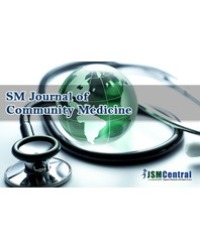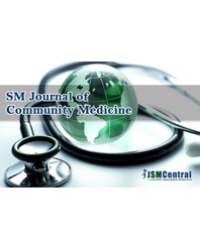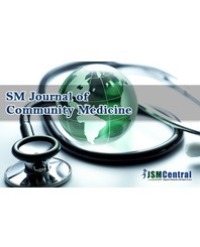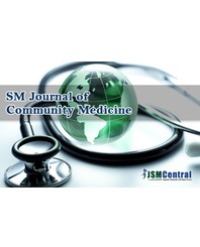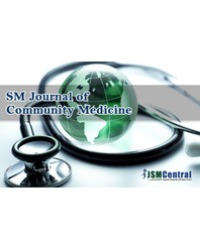Introduction: Fertility gap is the difference between preferred and observed rates. Preferred fertility rates have a predictive value in forecasting the future course of fertility in any community.
Aim: The present study aimed at detecting gap, if any, between preferred and observed maternal fertility behaviors in Mosul at the north of Iraq and defining the underlying reasons behind their preference.
Subjects and methods: Across-sectional design was adopted; during which 1302 mothers at child-bearing age who had at least two living children. They were interviewed during their attendance to 20 primary health care centers distributed throughout Mosul in the North of Iraq. Data collection instrument was a validated questionnaire form prepared for such purposes.
Result: No gap was detected between mean preferred age at marriage and mean observed age (18.5 years) rather than 0.5 year; with a significant positive correlation between them (r = 0.2, p = 0.000). High parity was reported among 27.8% that was not correlated with maternal preference. Prevalence of short birth interval was 77.6%. Furthermore, 11.6 month-gap was showed between observed and preferred birth interval with a positive significant correlation, too (r = 0.3, p = 0.000).
Social aspect had the vital role in encouraging preference of teenage marriage (94.0%) and short birth interval (67.8%). Economic reason was the first reason among 43.1% of mothers who preferred high parity.
Conclusions: A real gap was detected between preferred and observed indicators of fertility behaviors. Social reasons were the main cause behind this behavior followed by economic reasons. Health education about comprehensive family life is necessary for constructing health fertility behaviors, which are consistent with religious and social contexts.
Al-Ridhwany HH¹* and Aljawadi AA²
